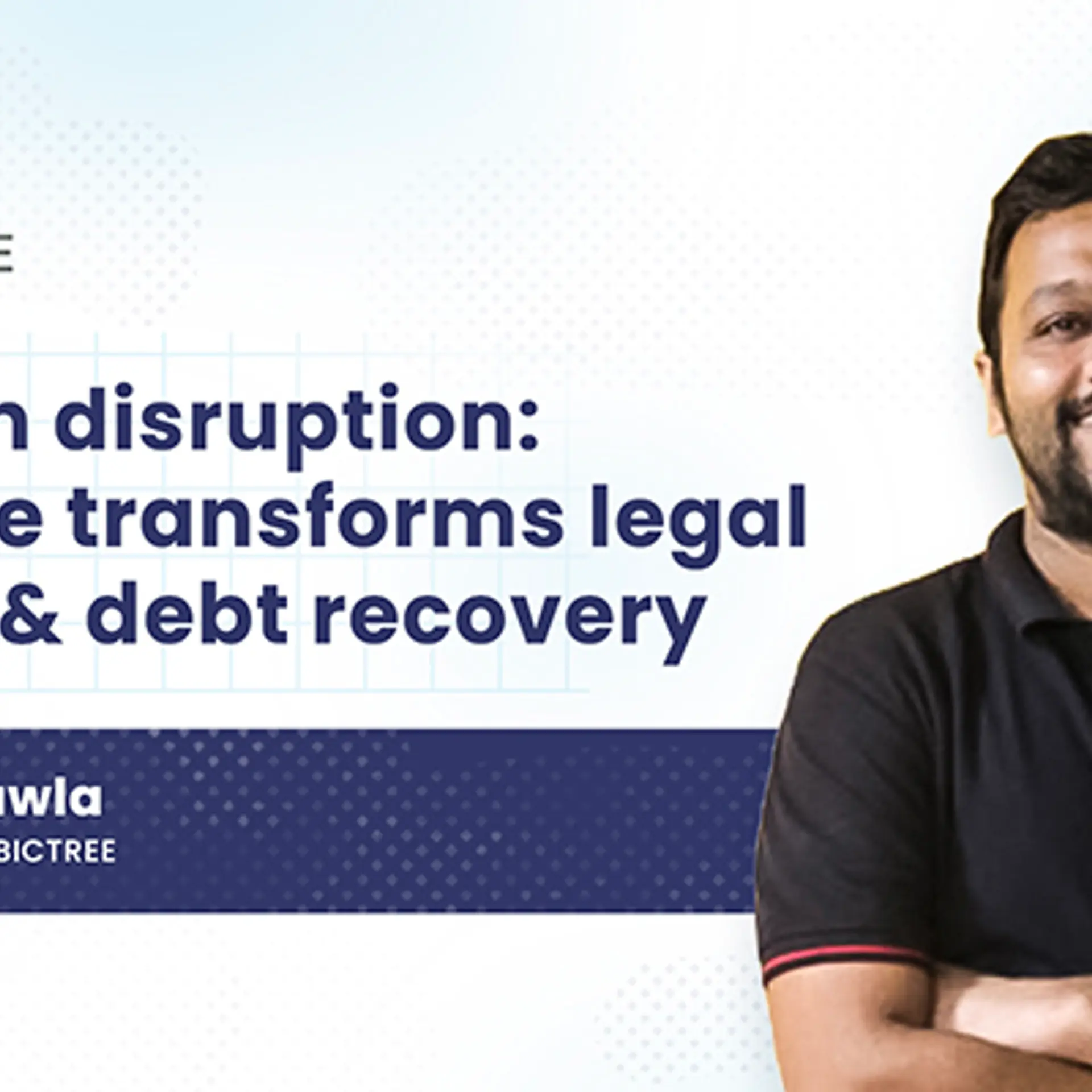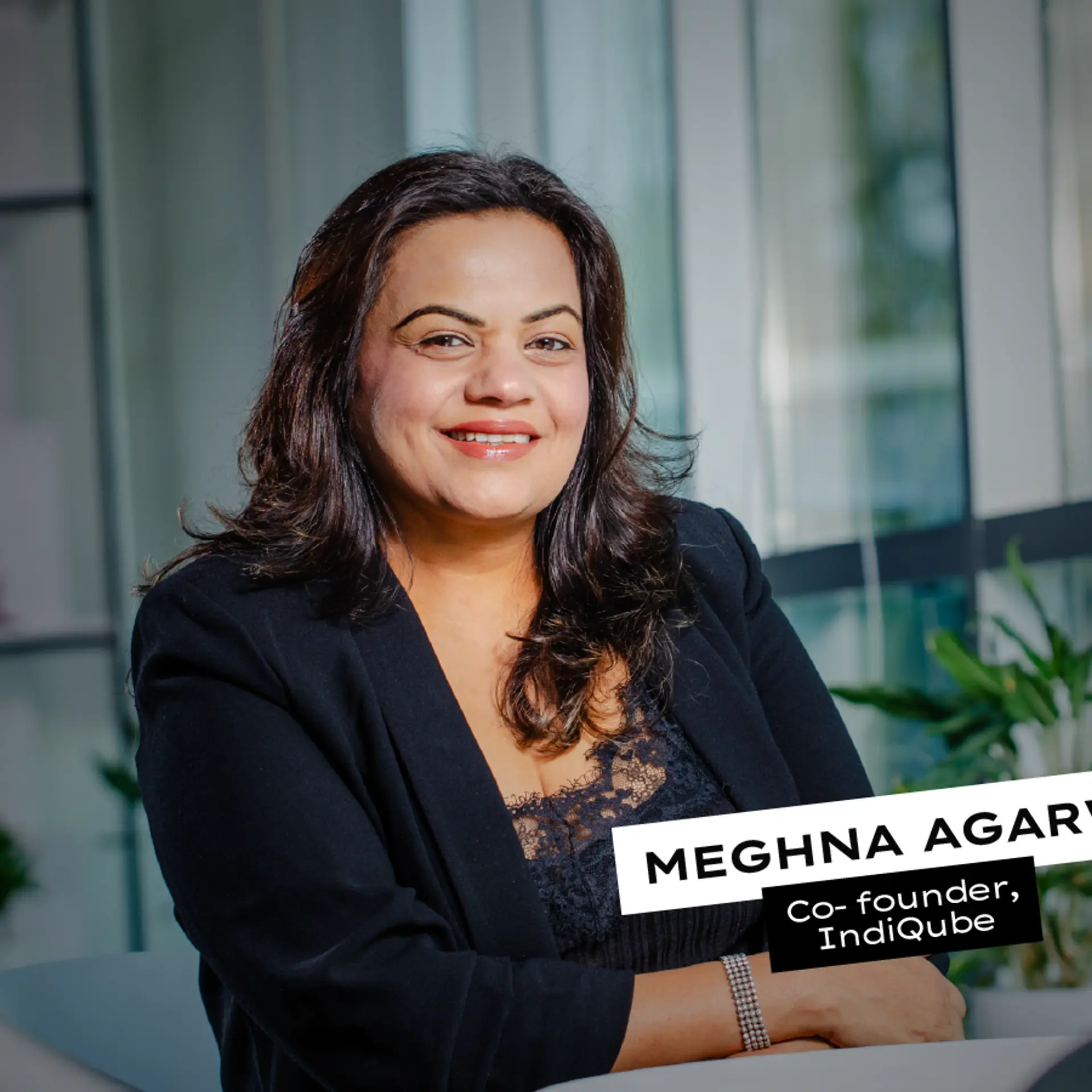How did Wakefit earn Rs 114 Cr revenue in 3 years? By helping customers get a good night's sleep
Launched in 2016, Bengaluru-based Wakefit is promoting a healthy sleep culture with its mattresses, pillows, and protectors. The firm, which has seen 3x rise in annual revenue since inception, will launch new categories this year and continue to focus on online sales.
Tough days should end in a comfortable bed. That’s what Wakefit, a sleep solutions startup, aims to provide.
Researched and developed for ergonomically beneficial factors, Wakefit was launched in 2016 and offers mattresses along with other sleep-related products such as pillows and comforters.

Team Wakefit
Wakefit, which claims to have been profitable since the first month, and has seen 3x growth in annual revenue. In its first financial year, Wakefit generated Rs 6.7 crore; the figure went up to Rs 27.6 crore in the next financial year.
In FY19, Wakefit claims to have earned Rs 80 crore, and is now gearing up to replicate the 3x annual growth rate for FY2020 with Rs 240-crore revenue.
Founded by Ankit Garg and Chaitanya Ramalingegowda, Bengaluru-based Wakefit imports raw material from Europe and the Middle East, and manufactures and sells memory foam mattresses. It claims to have delivered about 4.5 lakh units to over 30,000 pincodes across the country with the fastest growth drivers being Bengaluru, Mumbai, and Hyderabad. Presently, Wakefit’s monthly revenue is Rs 8-9 crore.
1554361533545.png?fm=png&auto=format)
Wakefit's filing at the Registrar of Companies.
Earnest beginning
A chemical engineer from IIT-Roorkee, Ankit, 30, began his research for starting up while working at Bengaluru-based startup Tapzo. Before launching Wakefit officially, in 2015, Ankit bought a few hundred mattresses and sold them on Amazon to understand the unit economics. He made a profit of Rs 60 lakh in this trial period.
But Ankit wanted to make better mattresses and decided to launch Wakefit formally in March 2016. He quit his job at Tapzo, along with his colleague Chaitanya Ramalingegowda (now 37), and started up with Rs 18 lakh from the duo’s savings. With ecommerce gaining popularity and health consciousness rising, they were looking at a market open for innovation.
1554356533018.jpg?fm=png&auto=format)
Ankit Garg, Co-founder and CEO, Wakefit.
Ankit reminisces about the initial days. “Internet adopters were our first users. We visited homes for our first 100 deliveries, and did video interviews for feedback."
He recounts that those experiences told them how to improve their product in terms of longevity, aesthetics, packaging, thickness (soft/medium/hard), and different types for different health conditions and senior citizens.
Today, Wakefit mattresses are among the best sellers in the category on Amazon. The company claims that it sells more mattresses than Urban Ladder and Pepperfry put together.
Ankit says their factory area has, over the years, gone from 3,000 sqft, to 5,000, 30,000, and now 70,000 sqft. The startup currently has four warehouses, one each in Pune, Mumbai, Bengaluru, and Hyderabad, and plans to set up six more by the end of 2019.
Not losing any sleep over cash burn
Wakefit imports most of its raw material from Europe and the Middle East to ensure world-class quality in terms of consistency and chemicals used. Manufacturing is done in Bengaluru, and quality checks take place in Europe. They are certified under Certi-PUR process (for foam). The chemicals used are certified by Greenguard, an environmental institute that aims to reduce human exposure to pollutants. Wakefit has invested profits into German manufacturing equipment, which provide high efficiency and low cost.
But Ankit asserts that Wakefit is not losing sleep over cash burn.
“To reduce manual labour and increase efficiency, we are using vertical cutting and compression machines. Our customer acquisition cost is Rs 800-900, and our average ticket size is Rs 11,000, so there is no cash burn,” says Ankit, who was recently featured in the Forbes list of 30 under 30.
He adds that since they have no middlemen, Wakefit is able to provide prices that are 50 percent lesser than their competitors - between Rs 5,000 and Rs 26,000.
Wakefit ships 250-300 units a day, adding up to 7,500-9,000 mattresses in a month. It delivers across India, including to small towns and difficult terrains such as Ladakh, and Jammu & Kashmir. It has tied up with BlueDart, and FedEx, and local companies like City Xfer for transport and delivery. While marketing has been mostly digital, the team claims that word of mouth has helped immensely.
Customer experience comes first
Wakefit’s research has given the team deep insights into their customer base.
?fm=png&auto=format)
Chaitanya Ramalingegowda, Co-founder, Wakefit.
For instance, their survey found that in India, 48 percent people complained of back problems, and 80 percent people reported feeling sleepy at work one-three days a week.
To solve the increasing number of sleep-related problems, Wakefit included these criteria (and more) while designing their products. Wakefit claims that its mattresses are made of proprietary "open-cell structure" for cool summers, and that its high-density foam gives complementary support. Body contour is another factor they have focused on. Wakefit claims that its mattresses’ memory foam provides pressure relief.
Also, since immigrant millennials in metro cities may prefer renting, Wakefit has tied up with online furniture and home appliances rental platform Rentomojo (to provide Wakefit’s mattresses along with their beds). In the B2B space, Wakefit is also in talks with more players.
Wakefit products are available on multiple online marketplaces besides its own website. But doesn’t selling on online marketplaces hurt its brand value? Won’t Wakefit be just one of the many brands sold online unless it is exclusively available on their own website?
Ankit doesn’t think so. He believes that customer experience is what matters in building brand value. “By building on our customer experience, we will thrive. Thanks to the new FDI policies, discounting will not be a game changer anymore.”
No offline game for now
The trend among many ecommerce platforms in the lifestyle category is to provide experience centres, and promote an omnichannel business model. Home furnishing players like Pepperfry, and Urban Ladder, as well as Wakefit’s direct competitor Sunday Mattress, have all ensured that their customers get a “touch and feel” of the high-value purchase.
However, Wakefit does not believe in this strategy.
Ankit explains: “Most people, especially women, are not comfortable lying on a bed in front of people. Also, you cannot really know if you are comfortable in a bed till you use it overnight for a while. That’s why we give 100 day-return period with 100 percent refund.”
Devangshu Dutta, Chief Executive at Third Eyesight retail consultancy, believes that while mattresses are high-value, high-involvement products, they are bought online by young consumers who are already most comfortable purchasing online. He adds that they may be less finicky about the product quality and lifetime value.
“Younger consumers, students, and young professionals at early stages, are usually more price- and time-sensitive. They are also in a relatively ‘mobile’ phase of their life, so their view of the lifetime of the product is far shorter than an older consumer furnishing a home or renewing furniture,” Devangshu says.
From then to now
In the initial days, team building was one of Wakefit’s biggest challenges. Ankit says, “Taking care of everything ourselves was hard, as was finding the right people at the right time. We found the team through referrals and LinkedIn.” He recollects the initial days of starting up where he only had his cook to help him out with logistics and delivery.
Today, the team comprises 120 people whom the company calls “sleep experts” rather than customer care executives. It plans to increase its employee base by 20 percent in 2020.

A scene from Wakefit's warehouse in Bengaluru.
Also read: How OYO is working to become the world’s biggest hospitality chain, one hotel at a time
Wakefit’s current offerings include two mattresses (memory foam and dual comfort), a pillow, a bed frame, and a mattress protector. It plans to soon introduce new categories like curtains, night suits, bedsheets, neck pillows, pregnancy pillows, nursing pillows, comforters, dog beds, etc. The new product line is expected to contribute about 10 percent of the revenue in the long term.
A sleeper hit
Although mergers and acquisitions are common in ecommerce, Wakefit wants to continue as an independent entity and not be acquired. The company recently raised Rs 65 crore from Sequoia Capital as their Series A funding; Ankit claims most of it is still unused.
India’s mattress market is estimated to be worth Rs 10,000 crore. Startups like Cuddl, SleepyCat, Wink&Nod, and Sunday Mattress are all taking sleep seriously, using advanced tech and raw materials to build their products. Horizontal marketplaces like Amazon, Flipkart, Snapdeal, and ShopClues also offer branded and unbranded mattresses. If you include other sleep-related products, the market grows larger, making space for multiple players.
Devangshu, of Third Eyesight, says the market has scope for a speciality player to take a more authoritative position in sleep-related products, even at higher price points.
“The business is then about creating a brand with a high-quality product and high-service experience. With that approach, mattresses and allied products (such as pillows, cushions, support pads) could be sold to the consumer under the same brand,” he says.
It looks like the urban consumer who has disposable income to spend on health and personal care will never be short of options.







